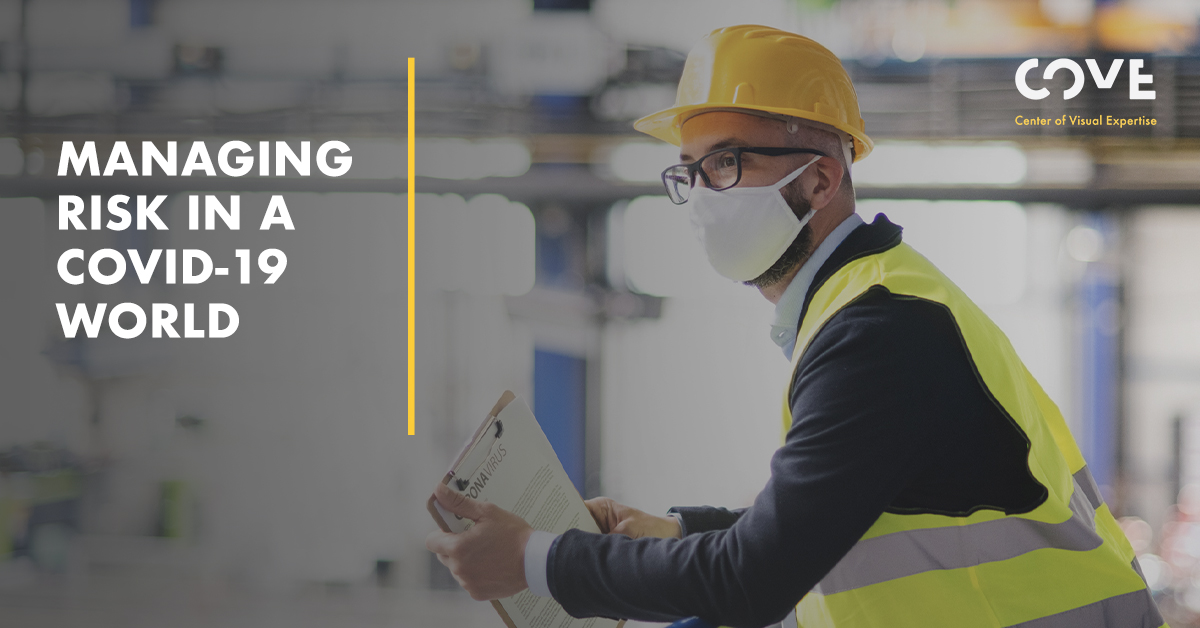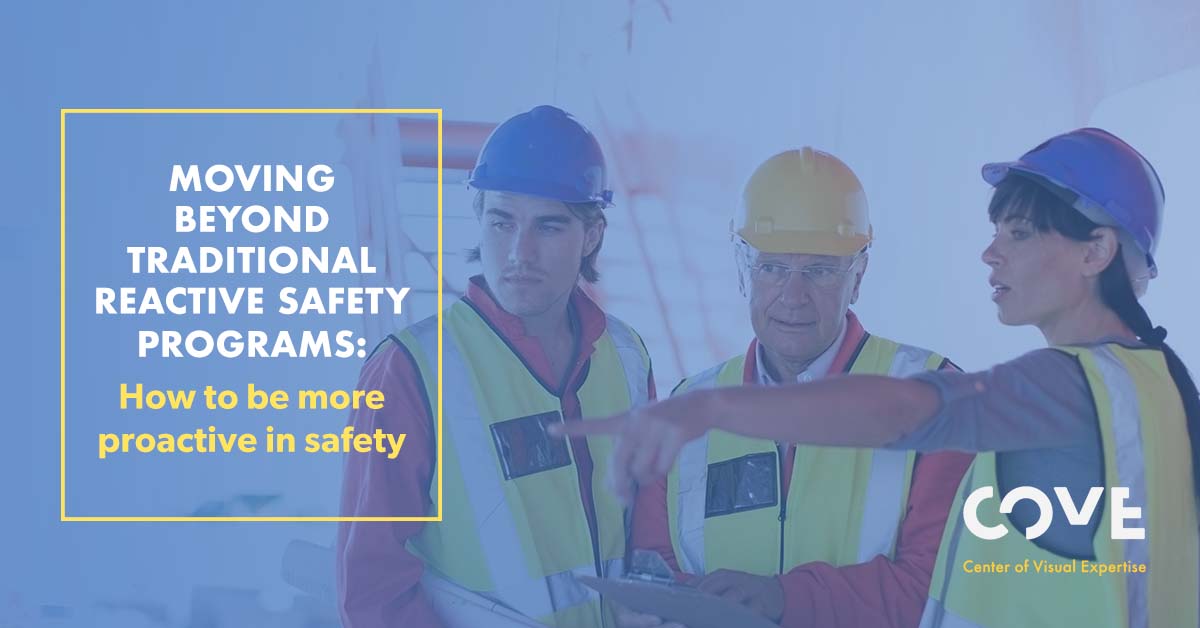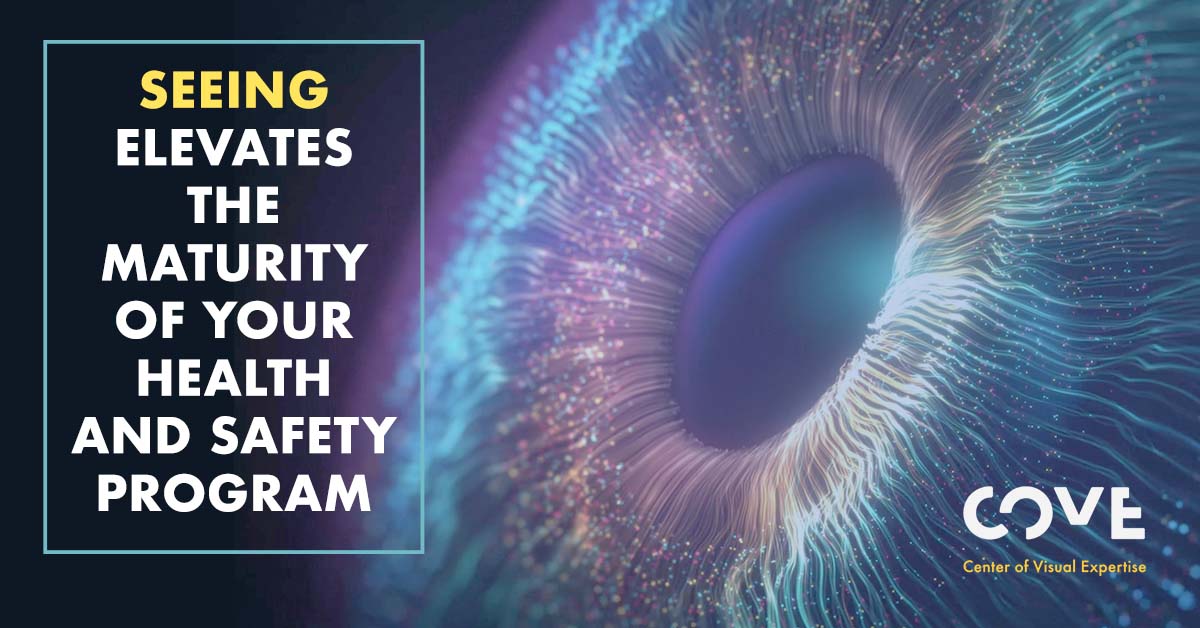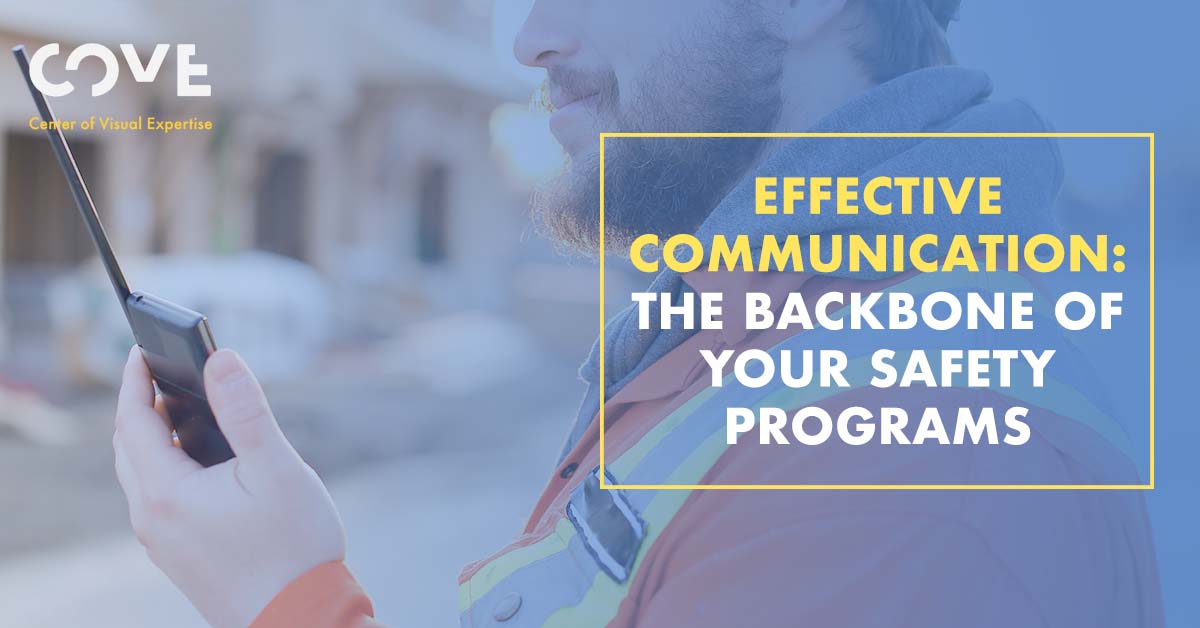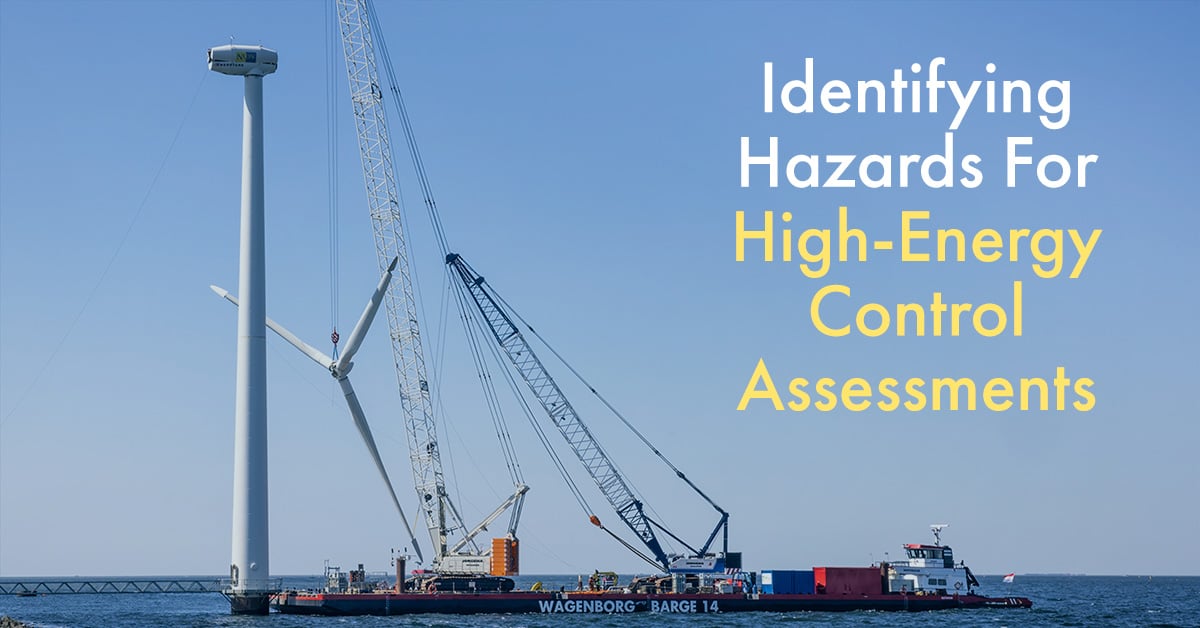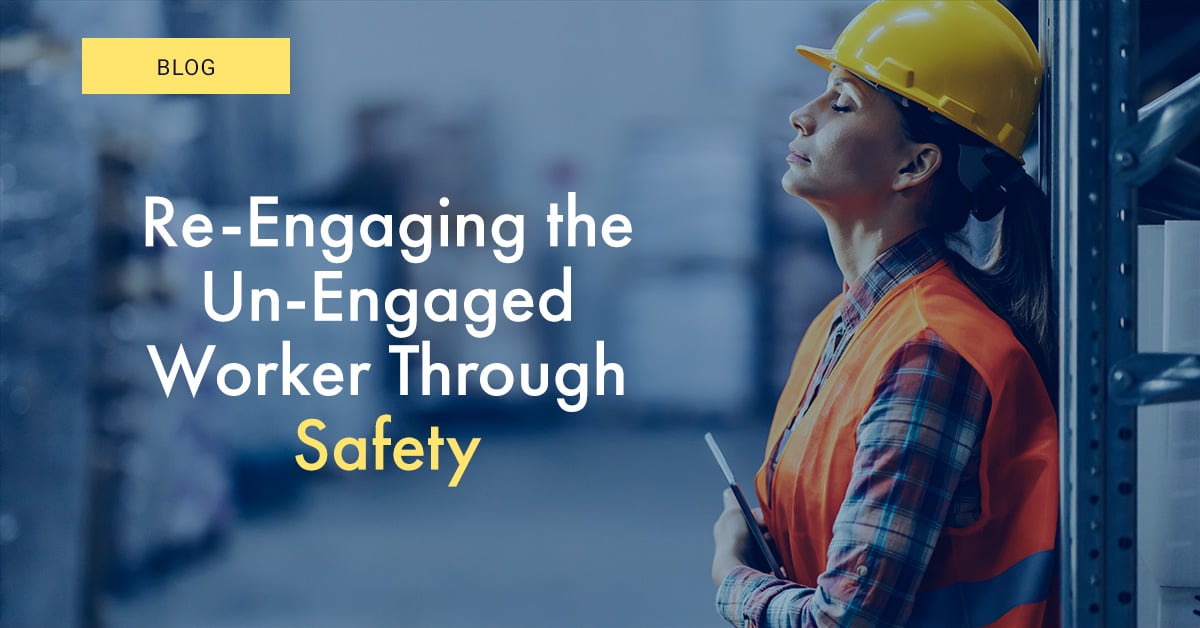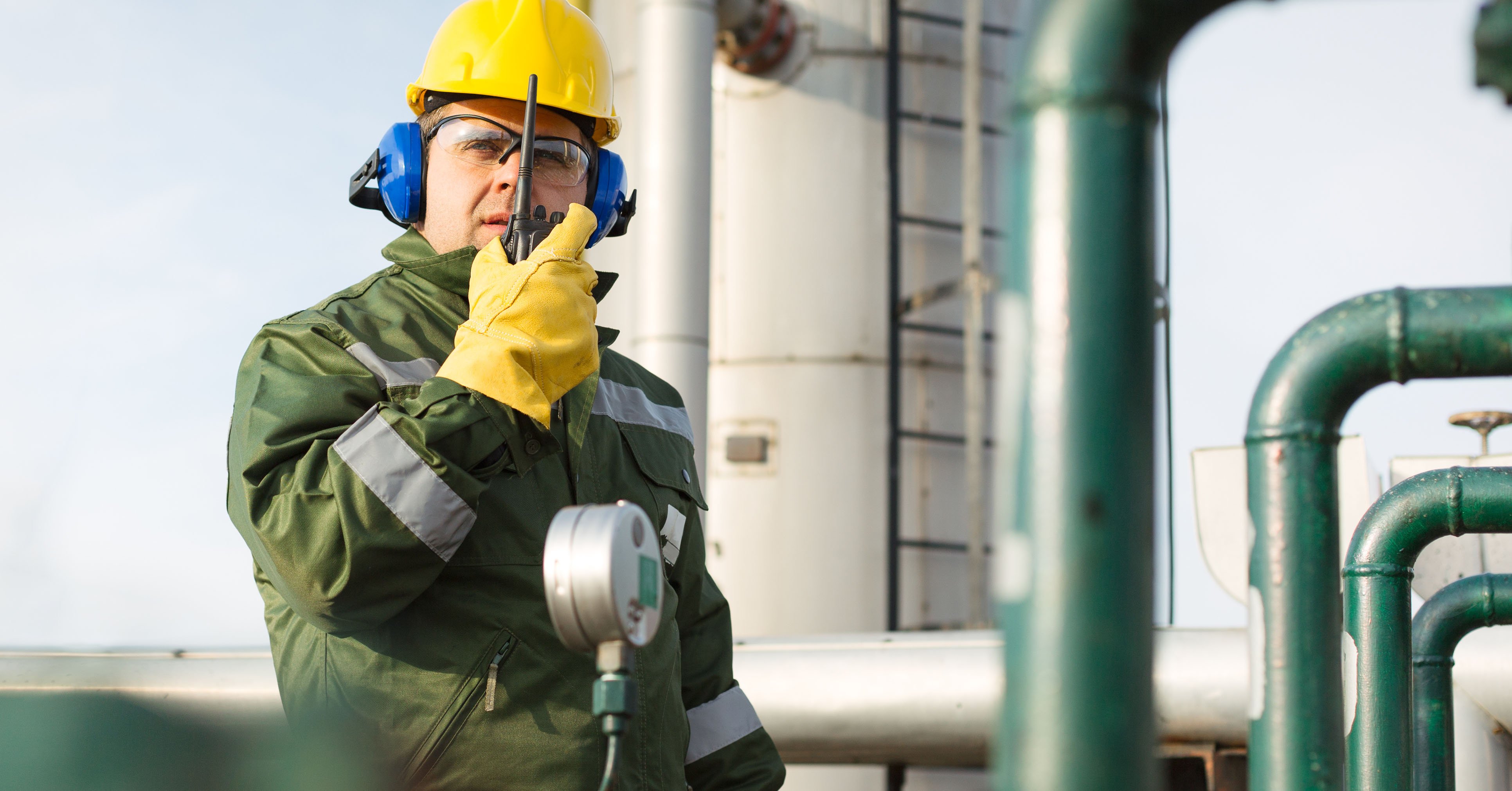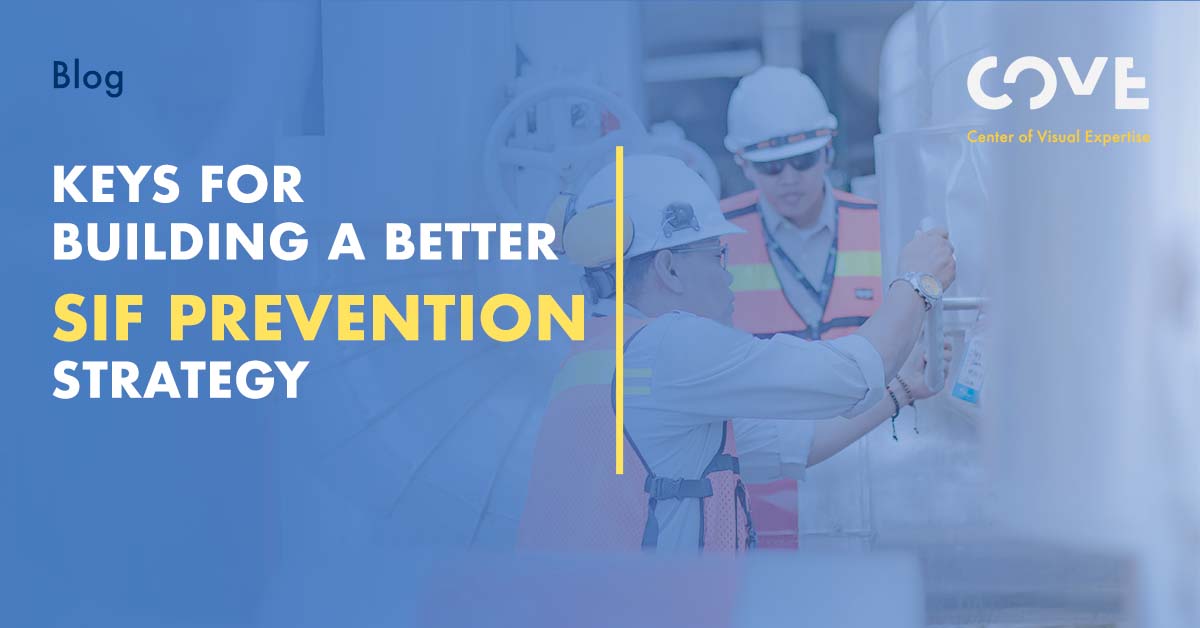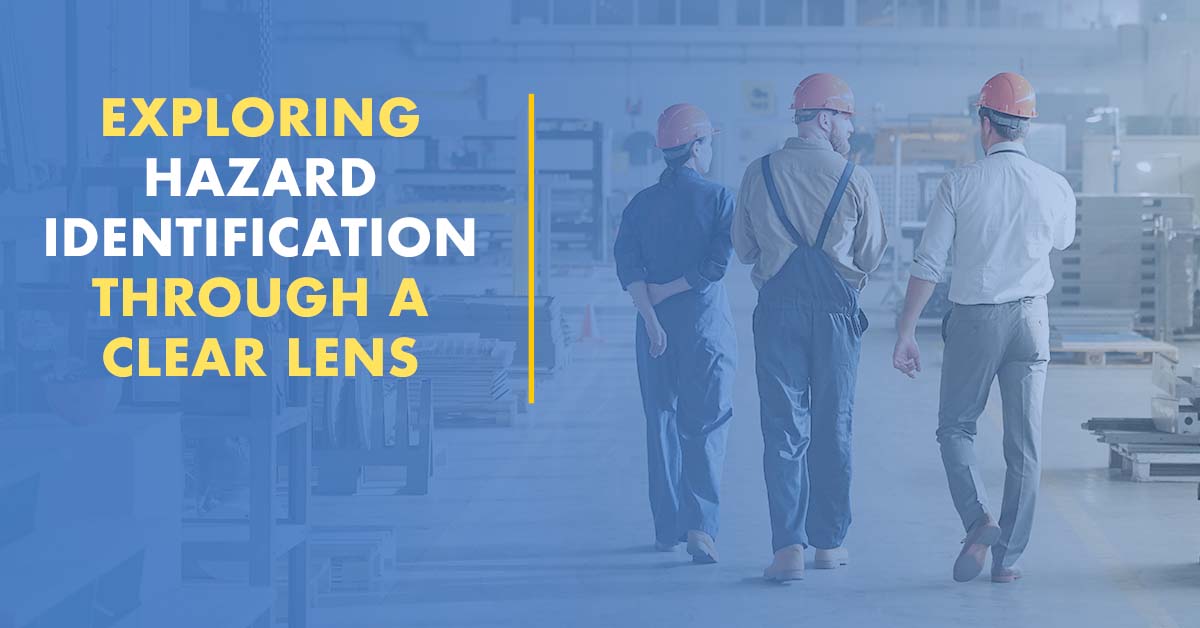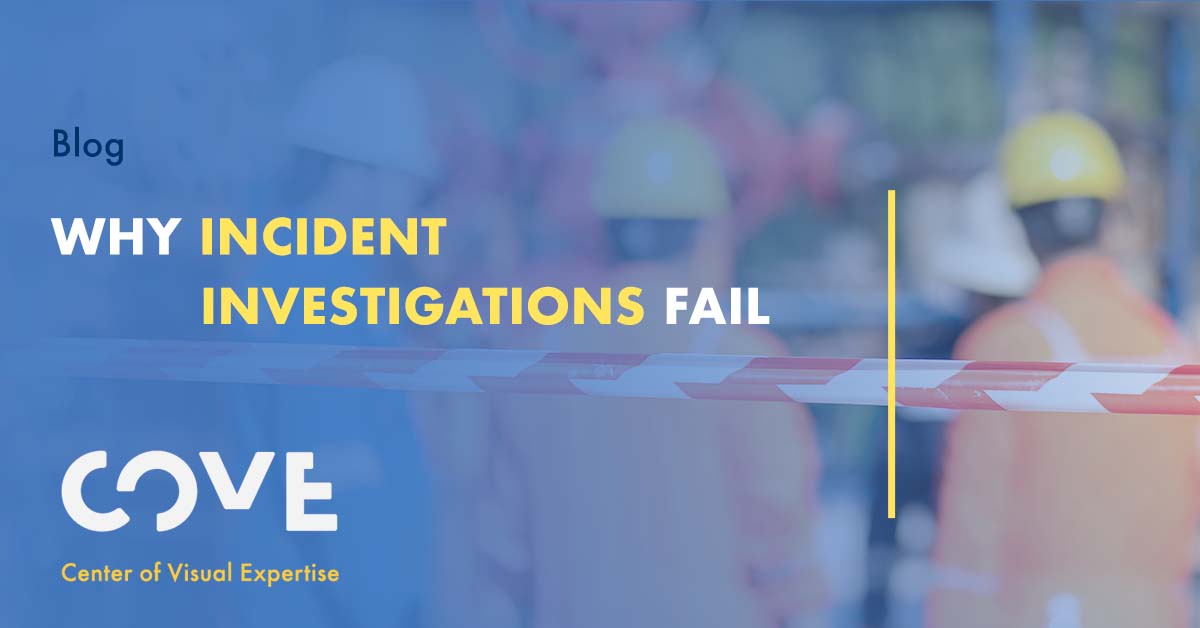By Doug Pontsler on Aug 4, 2020 2:34:34 PM
Like many of you, I have spent a considerable amount of time over the past hundred plus days working with a team on risk management and COVID-19 control plans for our museum - the Toledo Museum of Art. I previously shared how despite the fact that we can’t “see” the virus we can see the conditions that either protect us or present challenges that may allow the virus to spread. Our ability to see these conditions, interpret what they mean in terms of risk, and then take the appropriate actions is what visual literacy is all about.
I have been reminded through this process how important employee engagement is to creating plans that are practical and effective. We had to focus on what was necessary to keep each other safe in operating the museum. We also had to focus on what would keep our visitors safe as they returned to the museum. Our varied experiences among the team provided perspectives that were helpful in determining where the exposures existed and what actions may make the most sense to control them. Our reliance on outside experts in controlling infectious diseases as well as experts in industrial hygiene provided key technical guidance. Working groups such as the National Safety Council’s SAFER initiative and weekly benchmarking calls with Campbell Institute members all brought together additional experiences that helped shape our plans.
It is the team members, however, that provide the most important perspective in what will actually work in practice. The task force providing leadership over the re-opening process was vitally important in order to establish direction and achievement of a successful outcome. Engaging the team in solutions and feedback on their effectiveness is even more important.
Reacting to that feedback is what makes all the difference in actions that will have impact.
The reality is that COVID-19 is another Serious Injury and Fatality (SIF) potential in our personal and professional lives. It is clear that contracting COVID-19 can have a range of potential outcomes just like forgetting to tie off when working at heights or making an error in following a critical safety procedure. The most effective risk mitigation is best determined by engaging our team members, leveraging process experts, and seeking benchmarks and best practices that help us manage risk.
As part of an ongoing webinar series, Doug Pontsler, Chairman and Managing Director for COVE and Rob Fisher, President and Director of Operations for Fisher Improvement Technologies, will discuss the role of visual literacy and human performance in addressing coronavirus risk in the workplace and at home. Join them on August 18, 2020 at 2PM ET.
